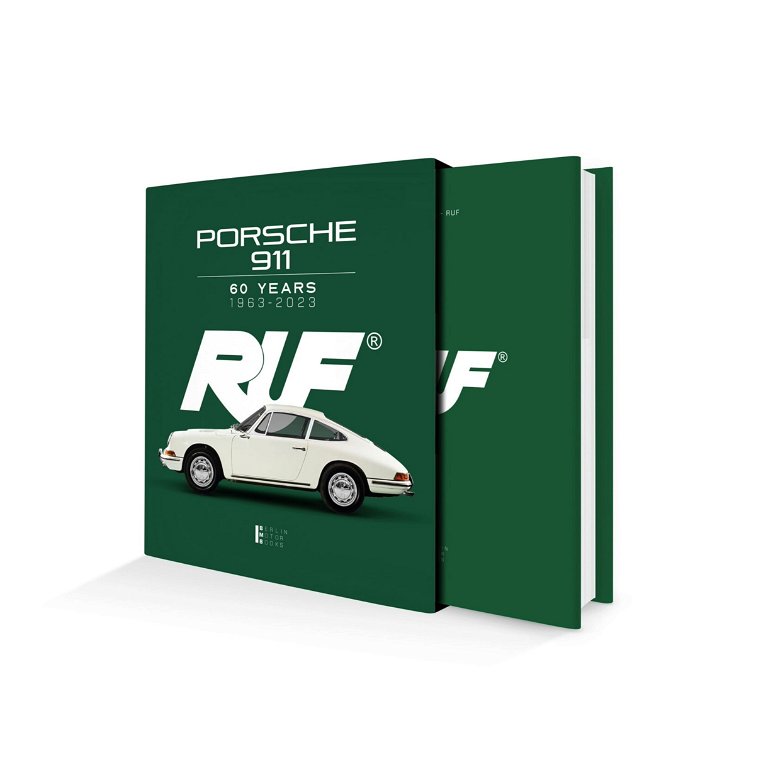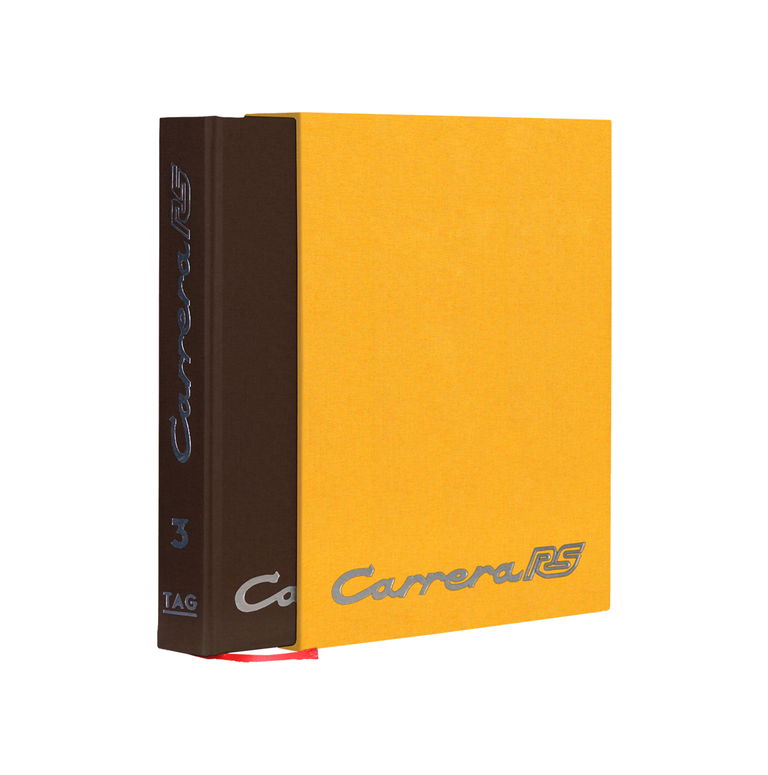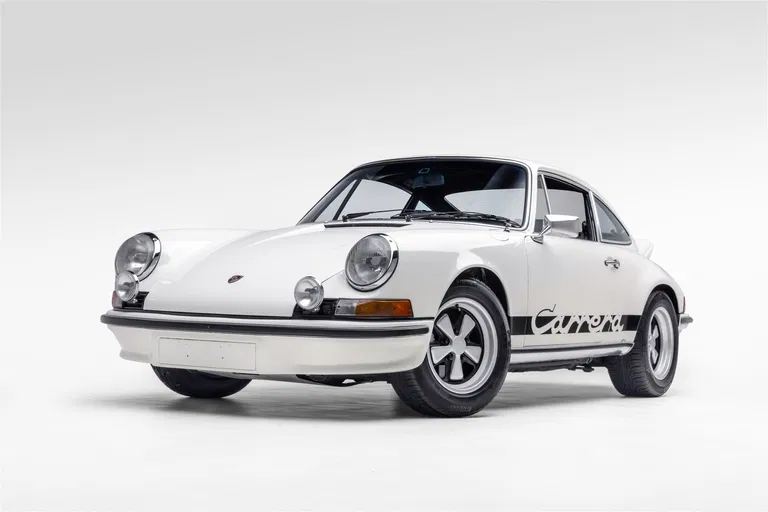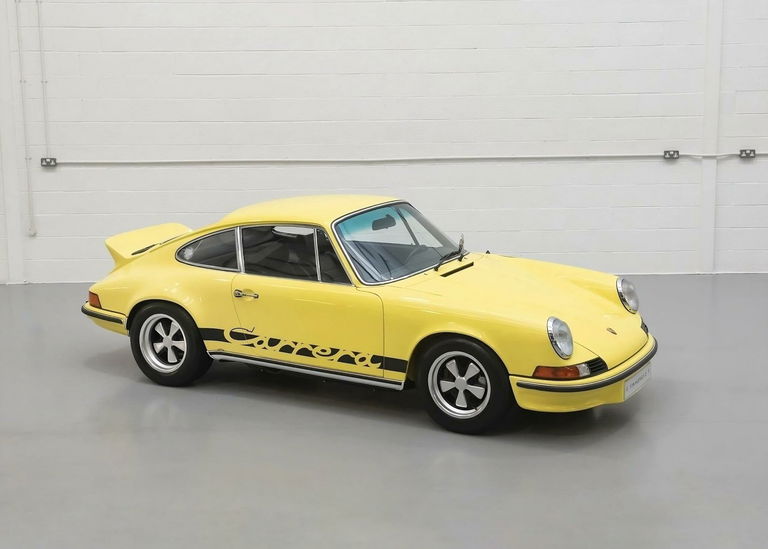He was tapped once again by Bott to devise a solution and inspired by a small spoiler at the rear of a Fiat 850 he had owned as a student. He teamed up with the mechanics and craftsmen in the body shop and began bending the shape of a tail to change the profile of the rear of the 911. They made a crude prototype of steel and refined the shape in the wind tunnel. In just three days, they had optimized the airflow at the rear and confirmed its effectiveness on the test track before handing over the spoiler to the design department to refine, albeit with specific instructions on the important aerodynamic points. And so, the famous ‘Burzel’ or Ducktail spoiler was created and quickly became an iconic design element synonymous with the Carrera 2.7 RS
Porsche set their sights on the Group 4 Special Grand Touring car class, and specifically the Under Three-Liter class. Now that the aerodynamics were vastly improved, their keys to success were to reduce weight and improve the performance of the 2.4-liter flat-six. Norbert Singer’s team employed the lessons learned from Piëch’s 911R series, and the next steps to creating a more competitive racing sports car were to strip any extraneous weight from the body and interior. Thinner-gauge steel was used to stamp the doors, hood, and wider rear fender flares, and the front and rear bumpers were fashioned from fiberglass. The window glass was thinner and lighter as well, and the interior was stripped of anything deemed unnecessary. Hans Mezger suggested an increase in displacement from 84mm to 90mm with the addition of a nickel-silicon carbide coating to the aluminum cylinders and forged pistons with a revised shape for increased compression and combustion. Engineers reinforced the suspension components to withstand the stresses of endurance racing, and six and seven-inch wide Fuchs forged wheels with wider tires widened the track and helped to improve handling.
Homologation required a run of 500 examples, a figure Porsche’s sales department declared would be impossible to sell. After the 1972 Paris Auto show where the Carrera RS made its debut, it was received with rave reviews and the orders came flooding in. To their surprise, the first series of 500 sold out instantly. Porsche followed with a second run of 500 examples and a price increase of roughly $10,350 to the base price, and the third run shortly after with yet another premium added to the base price. By the time Porsche had stopped taking orders for the Carrera RS 2.7, a total of 1,590 examples had been produced including homologation cars.
Chassis 0101 is one of the M472 Touring examples from the first production run, finished in November 1972 and delivered to its first owner in Germany. It was finished in Light Yellow paintwork with a black leather interior. The first 1,036 examples were carefully weighed before final assembly, producing enough to secure a change to FIA Group 3 Production Grand Touring- after that Porsche stopped critiquing the weight and some of the following examples used standard body panels and glass. In addition to being one of the early examples, chassis 0101 was specified with a number of rare options seen in a small portion of the total production run.
The option list includes:
- M258: Head Restraints Drive and Passenger (only 449 of 1,590)
- M440: Retractable Antenna and Loud Speaker
- M464: Steel 62 Liter Fuel Tank
- M559: A/C (only 67 of 1,590), although not connected from the factory for weight savings
- M571: Rear Fog Light
- M650: Electric Sunroof (only 376 of 1,590)
- M651: Electric Windows (only 327 of 1,590)
Chassis 0101 was restored to a very high Concours level by some of the most well-respected names in the industry. It retains its original engine and correct 915 gearbox with a 1973 date stamp. Rothsport Racing in Sherwood, Oregon was commissioned to address the mechanical components, and they massaged the engine slightly to produce 225 horsepower, a 15 horsepower increase over the stock engine’s output. The paint and bodywork were performed by David Treichel Auto Refinishing in Sherwood, Wisconsin, and assembly was handled by Larry Marzano, whose attention to detail and vast knowledge has earned him a reputation as one of the best in the country.
The finished product is a truly exceptional example of a car that has achieved iconic stature in the Porsche community. Since its completion, it has been driven fewer than 100 miles, and still presents as a top example of the genesis of the car which laid the foundation for the 2.8 RSR, the 1974 3.0 RSR, and the lineage of Porsche’s modern sports cars which wear the same moniker.
Highlights:
- One of the first 500 produced – Series I
- Electric Sunroof
- Electric Windows
- Factory Air Conditioning
- Rear Fog Light
- Retractable Antenna and Loud Speaker
- Head Restraints Drive and Passenger
- 62 Liter Fuel Tank
- Driver and Passenger Head Restraints
Chassis No. 9113600101

















































































































